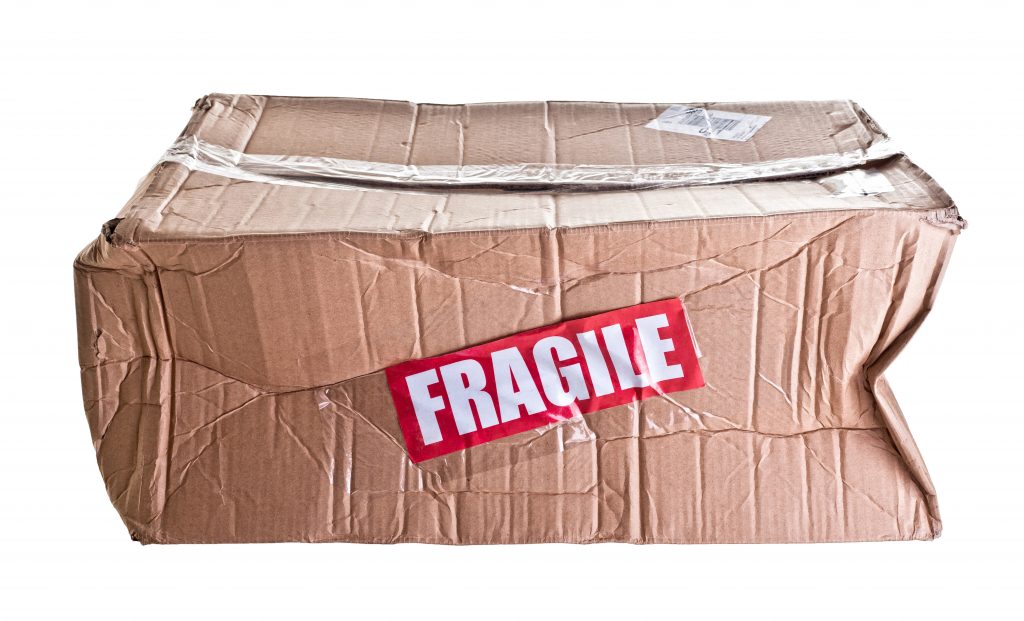In the Logistic industry the majority of cargo arrives intact at their destination, however, occasionally cargo damages, thefts, or losses may still occur during a shipment. It is very important clients have a “Marine Insurance Policy” to cover their cargo.
There are two kinds of freight damages:
1. Apparent – damage seen from the outside of the box.
2. Hidden – no damage to the box, however cargo is damaged internally.
Listed below is a brief guide of what to do when cargo arrives damaged:
Once the transport company has unloaded the cargo, it is the responsibility of the receiver/consignee to check the follow:
1. Count cartons, packages, pallets against your documents.
2. Carefully inspects the exterior of the cartons/pallets.
3. Document any damages with photos, time and date on the Proof of Delivery paperwork eg: 9 cartons damaged externally or 22 cartons are wet.
Notify both the Insurance company and freight forwarder by sending the “Claim Form Document“ with the following information:
1. Full details of loss or expected with the damage, number of cartons damaged, description, colour , any labelling information .
2. Copies of any photograph
3. Copy of the Bill of lading or Airway Bill
4. Copy of any report or survey
5. Any copies of documents deemed necessary to demonstrate the need of compensation
*It is important that you do not destroy or abandon damaged goods. You must wait until your insurance company has given you the release. This is critical, as they might want to have an inspection of the goods.
The Airline, Shipping line/ Freight forwarder has 30 days to render their decision which could be either:
1. They will decline any responsibility – which you will then have to report back to your Marine Insurance company. In turn they will then take ownership of reviewing your claim and settling it directly with you.
2. They will accept the claim.
• Time Limits – there are time limitations regarding filing of claims based on Internationally recommended “best practices “and statute of limitations.


